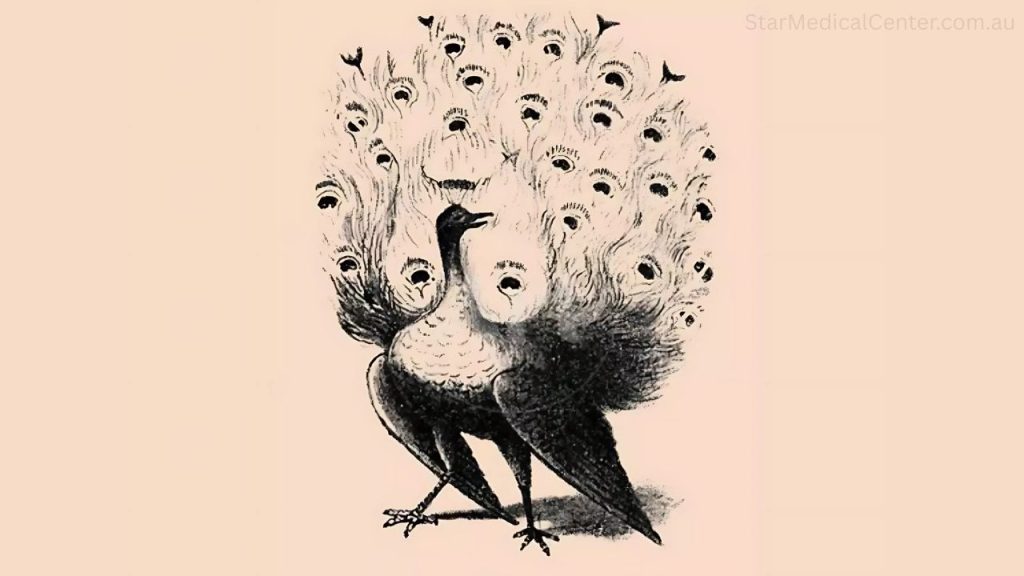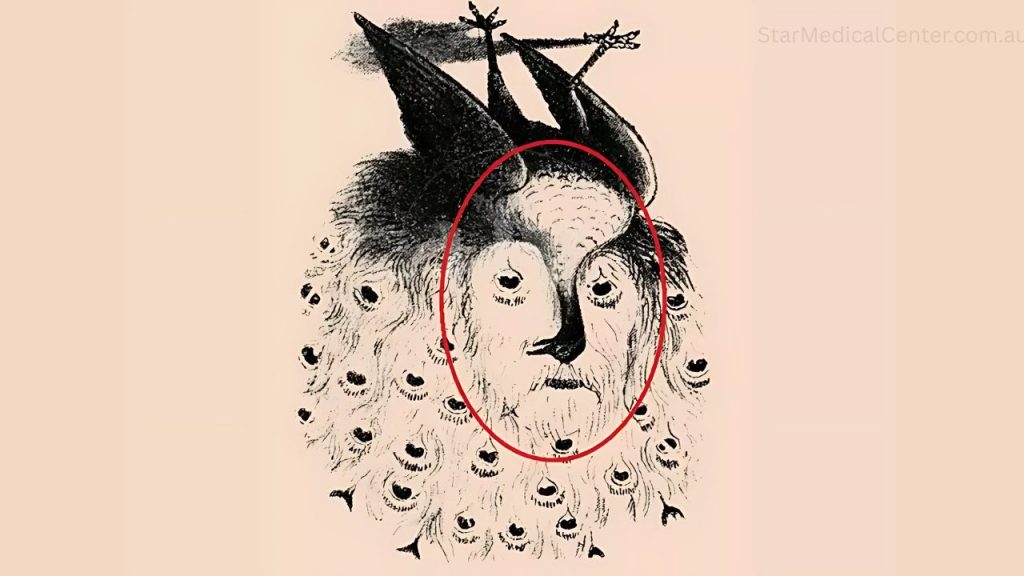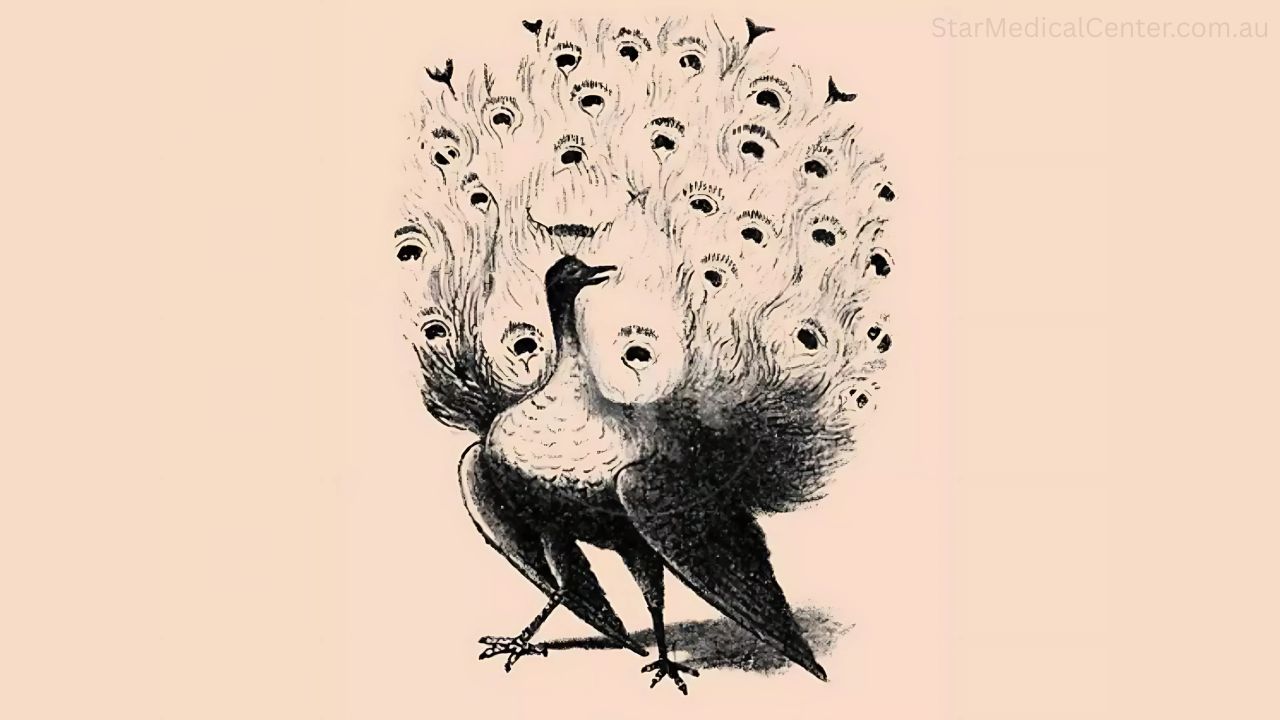The Fascinating World of Optical Illusions
Optical illusions have captivated human interest for centuries. They play clever tricks on our minds, revealing the fascinating gap between what our eyes see and how our brain interprets visual information.
These visual puzzles aren’t just entertaining diversions. They offer valuable insights into human perception and cognitive processing, showing us how easily our brains can be tricked.

Scientists and psychologists often use optical illusions to understand how our visual system functions. The way we perceive these illusions can sometimes indicate aspects of our cognitive abilities.
Many believe that your ability to quickly spot hidden elements in optical illusions correlates with your observational skills. Some even suggest connections to overall intelligence, though this remains debated among researchers.
The Bear Illusion Challenge
The latest viral optical illusion making rounds online presents viewers with an interesting challenge. Hidden within a detailed woodland scene lies a cleverly camouflaged bear.
At first glance, most people see only a forest landscape. The trees, rocks, and foliage dominate the visual field, making the hidden bear remarkably difficult to spot immediately.
According to studies on this particular image, the average person requires approximately 11 seconds to locate the hidden bear. This timing serves as an interesting benchmark for your visual perception abilities.
Those who can spot the bear in under 8 seconds might possess superior visual processing skills. Their brains quickly distinguish subtle patterns that others might initially overlook.
People taking between 8-15 seconds fall within the average range. They demonstrate typical pattern recognition abilities that most humans possess naturally.
Individuals needing more than 15 seconds shouldn’t feel discouraged. The illusion was specifically designed to challenge our visual system by exploiting natural blind spots in perception.
How Our Brains Process Visual Information
Our visual system works through a complex process. Light enters our eyes, activating photoreceptors that send signals to the brain, which then constructs what we “see.”
This construction process relies heavily on expectations and previous experiences. Our brains constantly make predictions about what should appear in our visual field.
When faced with ambiguous images like optical illusions, these predictions can lead us astray. We might miss elements that don’t align with our brain’s immediate interpretation.
The bear illusion specifically exploits our tendency to focus on obvious visual elements first. The forest scene captures immediate attention, while the bear remains hidden until we adjust our perceptual framework.
Tips for Spotting Hidden Elements
Struggling to find the hidden bear? Try changing your viewing perspective. Sometimes stepping back from the image or viewing it at different angles helps reveal hidden elements.
Another effective technique involves unfocusing your eyes slightly. This method sometimes helps bypass your brain’s initial interpretations and reveals camouflaged objects.
Scanning the image systematically rather than randomly jumping between areas can improve your chances. Start from one corner and methodically move across the entire image.
Patience remains crucial when tackling these visual puzzles. Your brain needs time to process all visual information and reconsider initial interpretations that might be incorrect.
The Science Behind Pattern Recognition
Pattern recognition represents one of our brain’s most remarkable abilities. We evolved to quickly identify both potential threats and resources in our environment.
This evolutionary advantage helps explain why some people excel at spotting hidden elements. Their visual systems might prioritize certain patterns that others process differently.
Research suggests that regular practice with optical illusions and similar puzzles can improve your pattern recognition skills. Like any cognitive ability, it responds to consistent training.
Environmental factors also influence our pattern recognition abilities. People who grew up in visually complex environments often demonstrate enhanced skills at distinguishing subtle visual details.
Cultural Variations in Visual Perception
Interestingly, cultural background affects how we process optical illusions. Studies show significant variations in how different populations interpret ambiguous visual information.
People from cultures with distinctive architectural styles or natural surroundings often process visual puzzles differently. Their brains have adapted to prioritize different visual cues.
These cultural differences highlight how visual perception involves both biological hardware and learned interpretation strategies. Our brains adapt to our specific visual environments.
Western participants typically demonstrate different scanning patterns compared to East Asian counterparts when viewing complex images. These differences impact how quickly they identify hidden elements.
Benefits of Engaging with Optical Illusions
Regular engagement with optical illusions offers several cognitive benefits. These puzzles exercise your visual processing systems and enhance neural connections related to pattern recognition.
Research indicates potential improvements in attention span from regularly attempting these challenges. They require sustained focus, training your brain to maintain concentration.
Problem-solving abilities also benefit from optical illusion practice. Your brain develops new strategies for tackling visual problems when repeatedly challenged with these puzzles.
For children especially, optical illusions provide entertaining educational tools. They demonstrate important concepts about perception while developing critical thinking skills.
The Hidden Bear Revealed

If you’ve been searching for the elusive bear in this optical illusion, look at the tree trunks on the left side of the image. The outline of the bear appears within the pattern of trees and shadows.
Many viewers report suddenly seeing the bear clearly once they’ve identified it. This phenomenon, called perceptual switching, demonstrates how our brain can rapidly shift between interpretations.
The average time to spot the hidden bear is 11 seconds. If you found it faster, your visual processing abilities might exceed the norm. Those taking longer simply experienced the illusion as intended.
Different people will naturally notice different aspects of the image first. Some immediately spot the bear’s ears, while others first notice its distinctive snout or outline.
Creating Your Optical Illusions
Inspired by this challenge? Creating basic optical illusions requires understanding a few fundamental principles of visual perception and artistic techniques.
Contrast and complementary colors produce striking visual effects. Many effective illusions utilize sharp color contrasts to confuse the brain’s interpretation systems.
Hidden image illusions, like the bear puzzle, rely on careful positioning of visual elements. The hidden object must integrate naturally with surrounding patterns while remaining technically visible.
Digital tools have made creating optical illusions more accessible than ever. Several online platforms offer templates and guidance for designing your own visual puzzles.
Finding More Visual Challenges
If you enjoyed this optical illusion, numerous online resources offer similar challenges. Websites dedicated to visual puzzles provide hundreds of different tests for various aspects of perception.
Social media platforms frequently feature trending optical illusions. Following dedicated accounts ensures you’ll encounter new visual challenges regularly.
Traditional puzzle books still offer excellent collections of optical illusions. These physical formats sometimes create different perceptual experiences compared to digital versions.
The popularity of these visual challenges continues to grow as people seek entertaining ways to test and improve their cognitive abilities.
What Your Performance Reveals
Optical illusions like the hidden bear challenge provide entertaining insights into your visual processing abilities. They highlight the fascinating ways our brains construct our visual reality.
Whether you spotted the bear in record time or took a bit longer, remember that these illusions are designed specifically to challenge our perceptual systems. No single test definitively measures overall intelligence.
Regular practice with various types of optical illusions can gradually enhance your pattern recognition skills. Consider incorporating these visual puzzles into your routine brain exercises.
The most important takeaway from this optical illusion remains the demonstration of how our perception works. What we “see” always involves active interpretation, not passive reception of visual information.
If you found the bear within 11 seconds, you demonstrated good visual acuity and pattern recognition skills that match or exceed the average person’s abilities. This suggests you possess strong observational talents that likely benefit you in numerous real-world situations.
